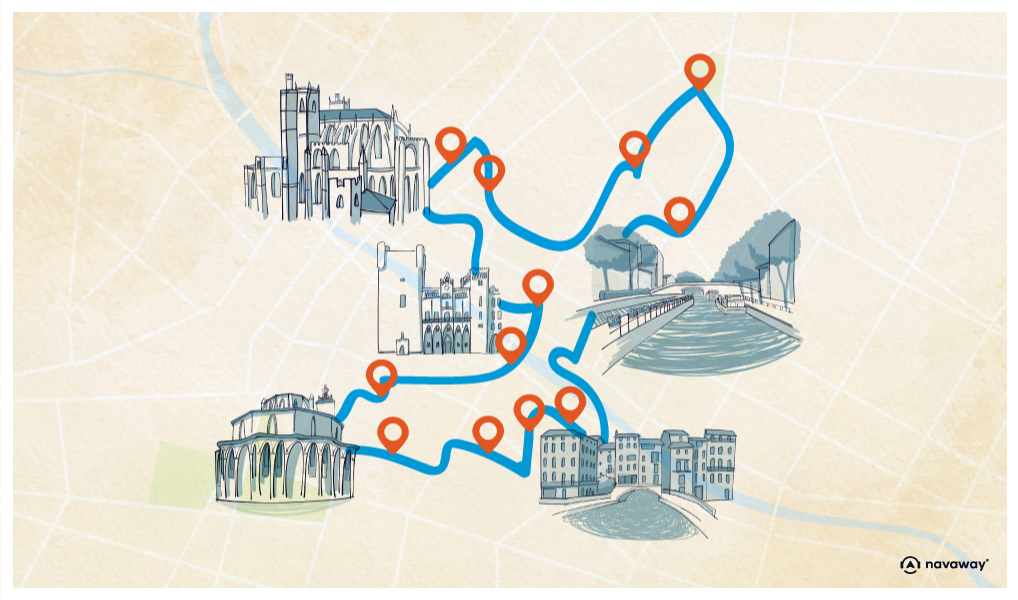
Archbishop’s Palace
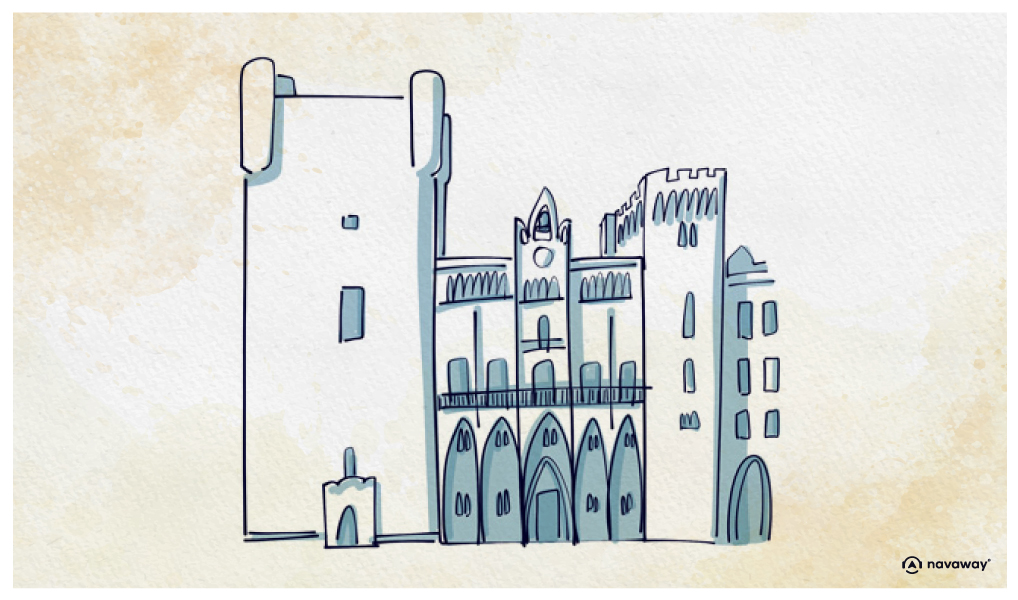
This point of interest is available as audio on the tour: Visit Narbonne, City of Wind and Sun
Welcome to Town Hall Square—there’s a lot to take in here, and the impressive Archbishop’s Palace right in front of you has a lot to do with that! Try standing in the center of the square to get the best view. You’ll quickly notice that the building is made up of several parts, each with its own architectural style. That’s because it has a long and layered history. Let’s break it down. The oldest section, known as the Old Palace, is the massive tower you see on the far left. It’s actually a keep, built in the 13th century by Gilles Aycelin, who was Archbishop of Narbonne—and one of the king’s most influential advisors. At the time, archbishops weren’t just religious leaders; they were also city governors. Keeps like this one served both as residences and symbols of power. Aycelin had this 42-meter tower built not just to defend the city, but also to make a clear statement about his authority. From the 14th century onwards, the palace grew. The Saint-Martial Tower, over on the far right, was added and linked to the cathedral cloister, creating the grand structure we see today. Gothic architecture was chosen to enhance the palace, which then became a real fortress—and an important political hub where high-ranking figures would gather. By the 16th century, Renaissance elements were added, especially inside, to reflect the styles of the time. While the palace remained a powerful and defensive structure, its religious role began to fade as royal authority grew stronger. The French Revolution put an end to that chapter for good. The palace’s religious role was abolished, and soon, administrative offices began moving in. In 1834, a museum opened inside the palace, and in 1845, the famous architect Viollet-le-Duc transformed part of the building into the Town Hall. Today, the Old Palace includes the former Madeleine Chapel, a Romanesque room with a beautifully painted 13th-century ceiling, and exhibition spaces showcasing archaeological finds, medieval treasures, and fine art. Unfortunately, it’s currently closed for renovation. When open, visitors can also climb to the top of the tower for an amazing view over Narbonne. The New Palace is still open, and it offers a glimpse Into the lavish apartments that once housed the archbishops, filled with elegant decoration and remarkable art collections—a powerful reminder of the wealth and influence they once held in the city. Even if you’re not planning to go inside, I highly recommend stepping into the Town Hall courtyard—it’s freely accessible and gives you a closer look at this stunning structure, which has been listed as a Historic Monument since 1840.


Discover Narbonne with app
An interactive guide through the most beautiful streets, squares, and districts
20 fun audioguides full of historical facts, anecdotes, and legends
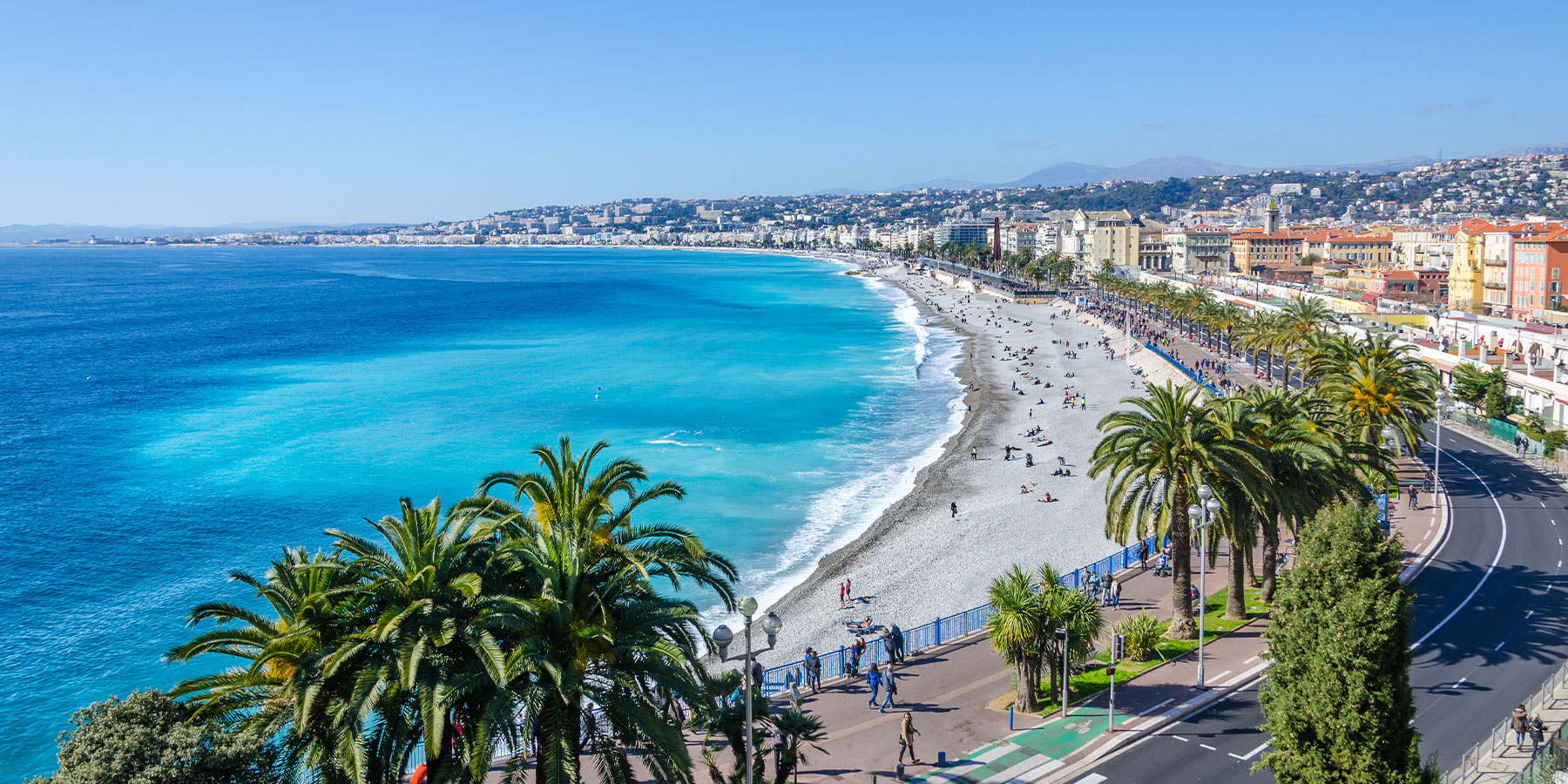
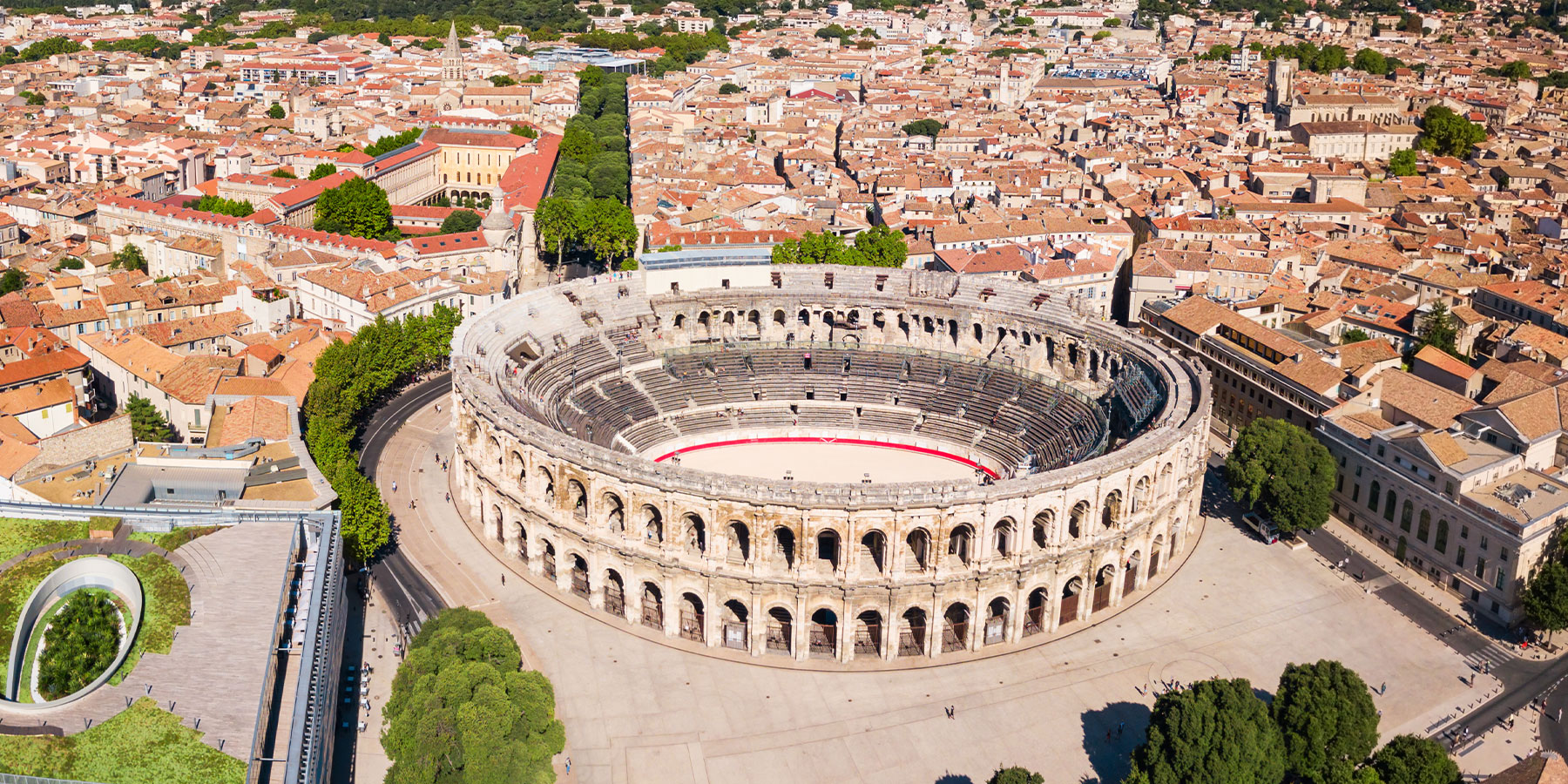
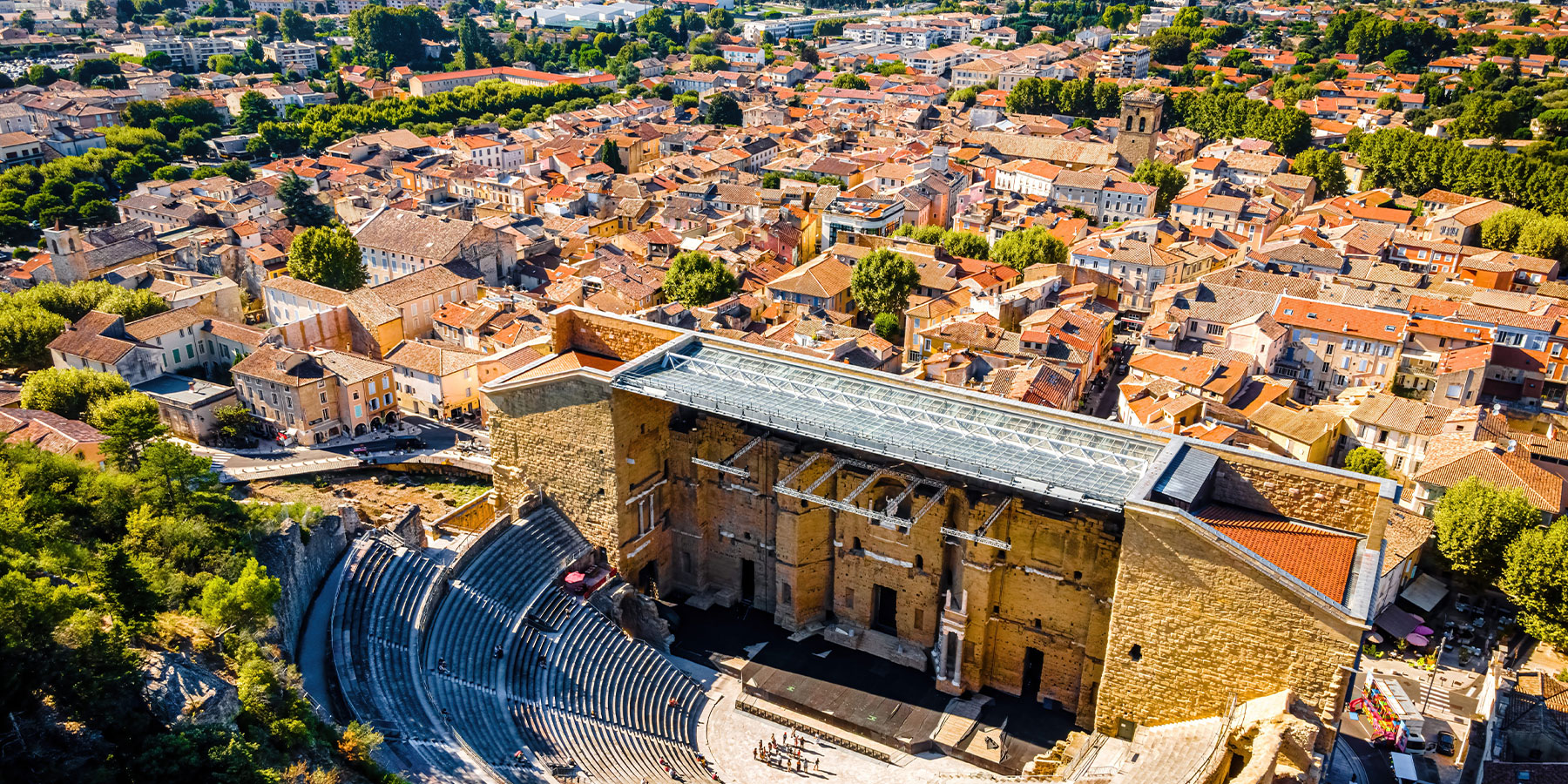


Comments